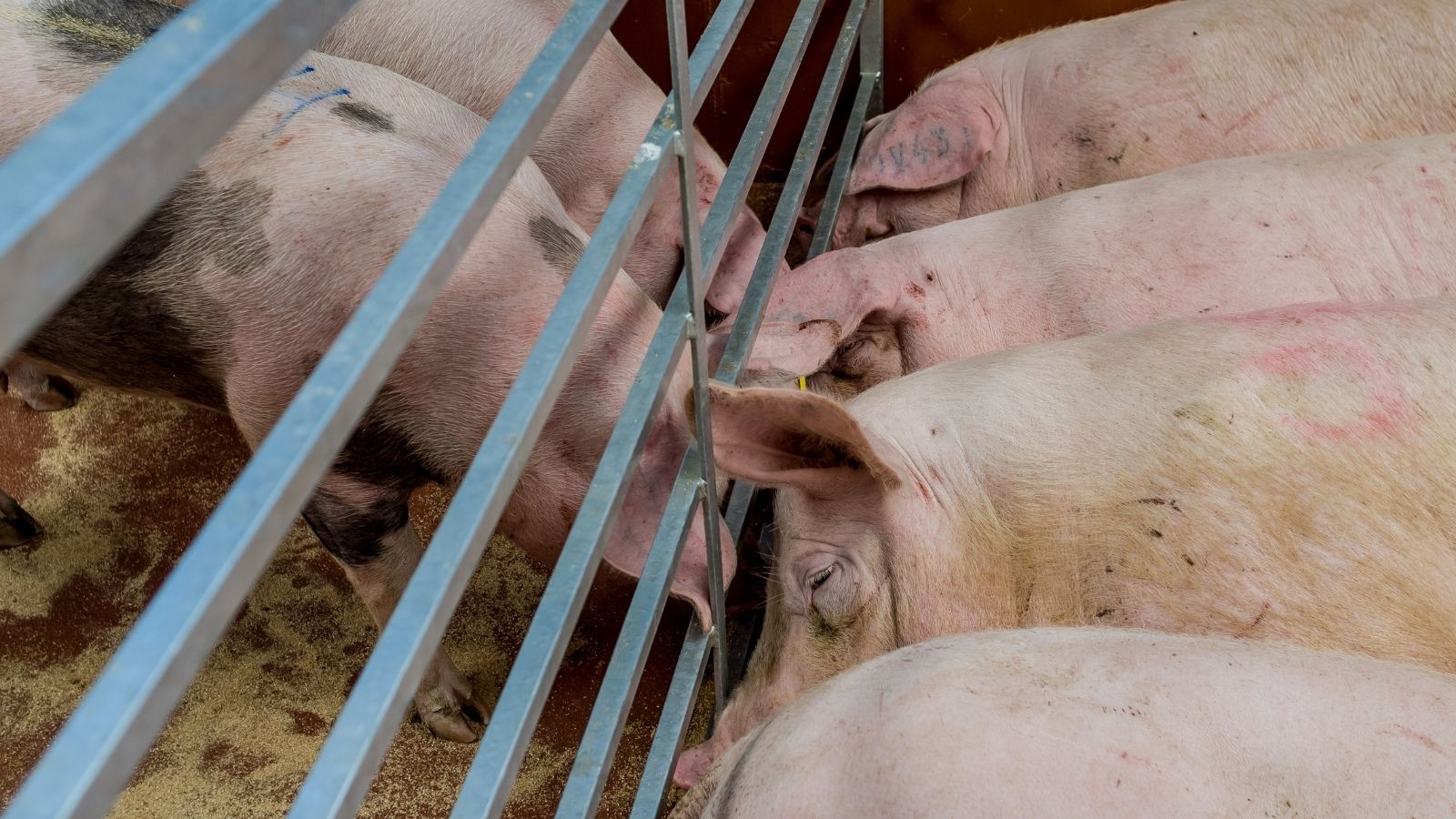- Home
- Knowledge library
- Benchmarking in pig production
Benchmarking in pig production
Understand the importance of benchmarking in pig production and how to utilise data recording tools, to ensure realistic targets and KPI's are met.
Types of Benchmarking
Some herd-management systems offer benchmarking options and these should be used to check progress against the targets set within the business and agreed by the farm staff. Benchmarking can be:
1. Internal benchmarking
This is against targets set on previous time periods, i.e. can the business be better than the last batch, quarter or year’s worth of production?
2. Internal benchmarking against other sites
If the business is a multisite operation, then benchmarking can be done against the sites in the business, promoting competition, and used as a vehicle for staff development
3. External benchmarking
Within buying groups or against the AHDB benchmark data that uses national herd performance to show the industry average, top third and top 10%

Realistic targets
Before you can set realistic targets, it is sometimes helpful to know what other producers in the industry are doing and what is typical in similar systems.
AHDB updates its physical performance data on the website every quarter, using 12-month rolling data. Quickly compare their figures with the industry average, the top third or the top 10%
Target setting
Target setting is central to achieving overall performance objectives. You will need to be realistic so that everybody knows what is expected of them. Progress against targets should be reviewed and any variances should be discussed with all staff involved. Targets can be entered into some recording systems and a report of performance versus target printed out. Performance targets and progress reports can also be posted on the staffroom noticeboard.
Check progress and monitor interventions
Following the implementation of any action plan, it is useful to review progress by looking at reports and talking things over with everybody involved in the unit. Vets, nutritionists, breeding-company representatives and staff are all important to include when working out the cause of a performance issue and what steps can be taken to address it. More heads are better than one and it is important that all changes in herd management are practical and coordinated properly to make effective changes.
Some changes will take a while to show in the results, whereas other changes will become more noticeable. When looking at visualisations, such as graphs and charts, it is the points in which the trend lines fall outside of the accepted levels whereby farm staff need to investigate the problem.
It is important to note that if a problem is spotted in the data at a specific point in time, it does not mean this is when the error in production occurred, e.g. if in June the number of pigs born alive is significantly out of the expected range, i.e. only 8 were born alive rather than 14, the issue wouldn’t have occurred in June, but in the lead-up to, and the completion of, insemination back in February or March. This is also a sign that a particular intervention was not the right one. In this case, a tweak might be needed to keep things on track, or a new strategy trialled instead.
Benchmarking case study
The unit has been recording its performance and compares its KPIs with the national average, top third and top 10%. The unit is above average for all six key breeding herd KPIs and in the top third of producers, or higher, on three out of the super six (farrowing rate, litters per sow per year, pigs born alive, pre-weaning mortality, weight per piglet produced, and kg per piglet produced).
Benefits:
- Staff are motivated to work to high standards as they can see how performance on the unit compares with national figures
- Problems can be picked up and addressed quickly as they will be reflected in the KPIs which are being monitored
Key to success:
- Be meticulous about sorting at weaning – by size and by sex – to create uniform groups to help tailor feeding and management
- Weigh pigs between every stage
- Carefully manage liquid feed to ensure adequate supply of ingredients and to maintain consistent nutritional balance
- Involve all staff when discussing the KPIs
Sectors:

